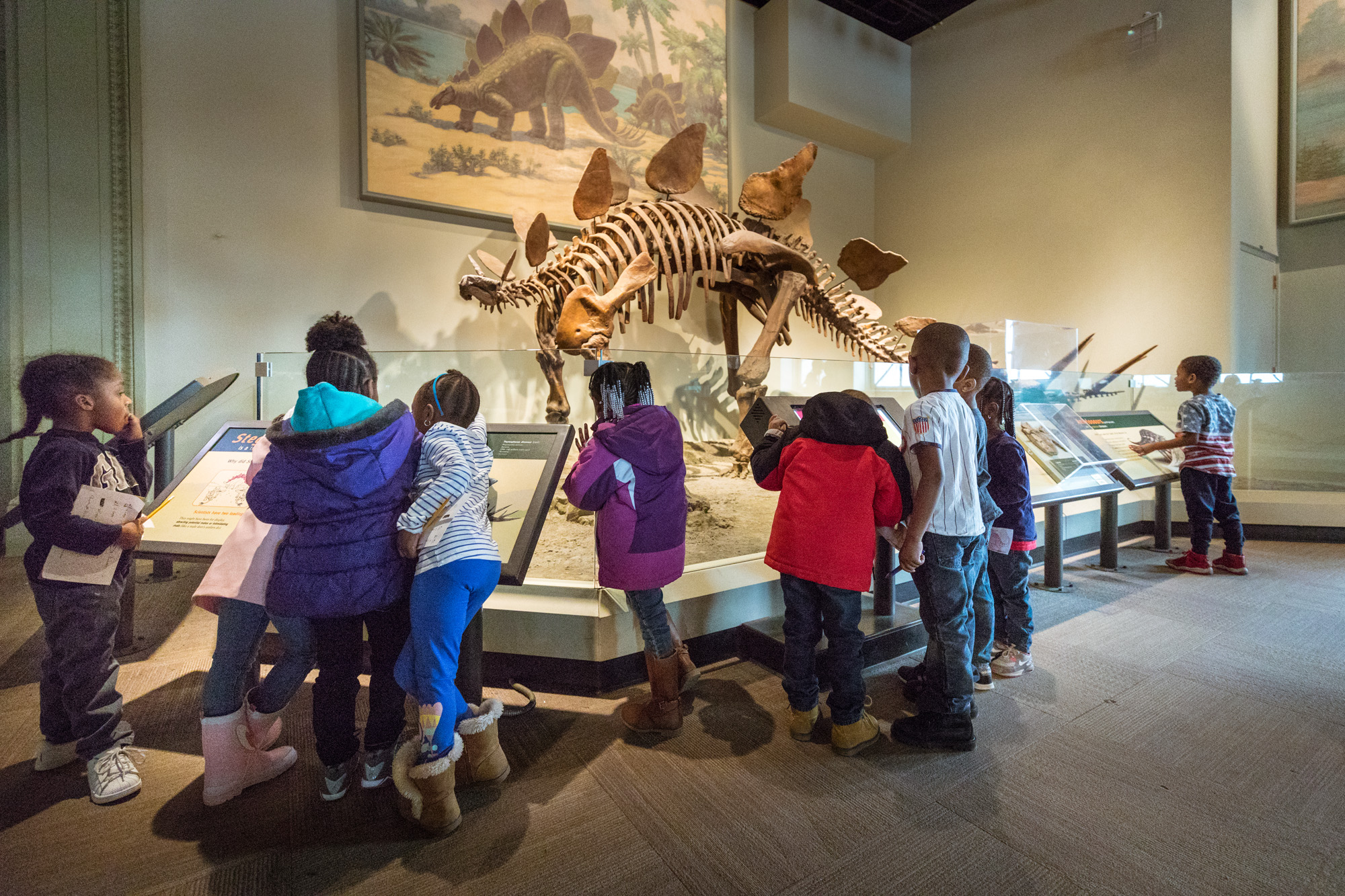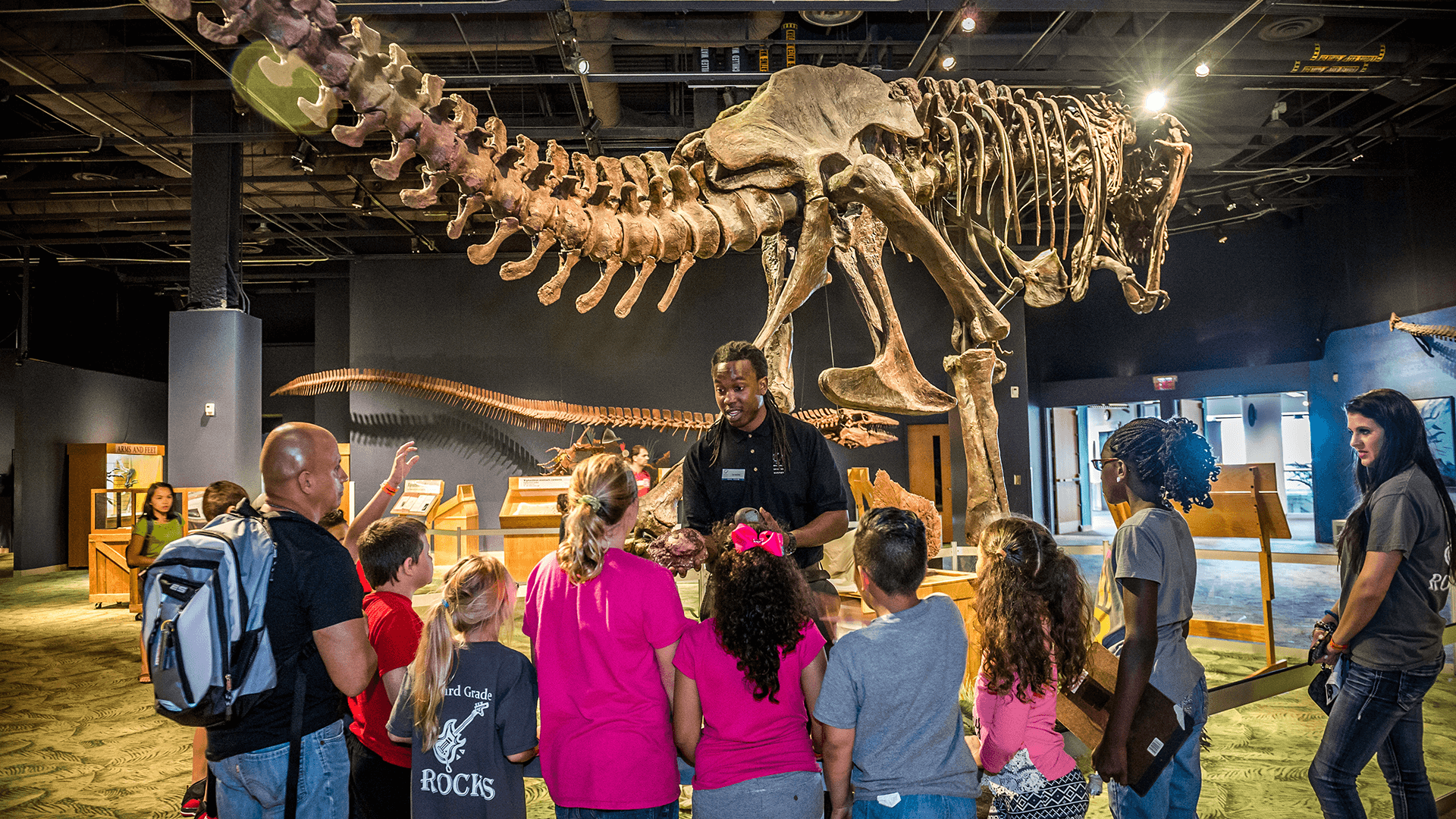
Native American Museums as Pedagogical Hubs for School Field Trips: An In-Depth Examination
Native American museums serve as invaluable educational institutions, offering a rich tapestry of history, culture, and contemporary life of Indigenous peoples across North America. For school field trips, these museums transcend the role of mere repositories of artifacts; they function as dynamic pedagogical hubs, fostering critical thinking, empathy, and a nuanced understanding of Native American experiences that often remain marginalized or misrepresented in conventional curricula. This article delves into the profound educational significance of Native American museums for K-12 students, exploring their historical evolution, pedagogical strategies, and the transformative impact they exert on young minds.
I. Historical Evolution and Shifting Paradigms
The concept of "Native American museums" has undergone a significant transformation. Early collections, often assembled during periods of colonial expansion, were largely ethnographic in nature, housed within broader natural history or art museums. These collections frequently reflected a "salvage anthropology" mindset, presenting Native cultures as static, exotic, or "vanishing," often devoid of Indigenous voices or context. Objects were decontextualized, interpreted through a Western lens, and served primarily to catalog or display, rather than to educate empathetically or empower.
The latter half of the 20th century witnessed a paradigm shift, driven by Indigenous activism, self-determination movements, and critical scholarship. The passage of legislation like the Native American Graves Protection and Repatriation Act (NAGPRA) in the United States (1990) marked a turning point, mandating the return of certain cultural items and human remains to lineal descendants and culturally affiliated Native American tribes. This era ushered in the establishment of Indigenous-led and Indigenous-focused institutions, such as the National Museum of the American Indian (NMAI) and numerous tribal museums. These new institutions prioritize Indigenous epistemologies, narratives, and community engagement, moving beyond mere display to active interpretation, cultural revitalization, and advocacy. They are not just about the past, but also about the vibrant present and future of Native nations.

For school field trips, this historical evolution is crucial. Contemporary Native American museums actively work to dismantle historical inaccuracies and stereotypes, offering students an authentic and multifaceted perspective informed by Indigenous scholarship and community input.
II. The Educational Imperative: Why These Museums Matter for Schools
The educational value of Native American museums for school field trips is multifaceted and profound:
A. Countering Misconceptions and Stereotypes
Mainstream education often perpetuates oversimplified, romanticized, or outright false narratives about Native Americans. Common stereotypes include the "noble savage," the "bloodthirsty warrior," or the depiction of Native peoples as a monolithic entity frozen in the past. Museums directly challenge these harmful tropes by:
- Presenting Diversity: Highlighting the vast linguistic, cultural, and political diversity of over 574 federally recognized tribes in the U.S. (and many more in Canada and Mexico), demonstrating that "Native American" is not a single identity.
- Emphasizing Contemporary Life: Showcasing the vibrancy of modern Native communities, their ongoing contributions to society, and their engagement with contemporary issues, thereby dispelling the "vanishing Indian" myth.
- Contextualizing History: Providing nuanced historical accounts, including the complexities of pre-contact civilizations, the devastating impact of colonization, resilience in the face of adversity, and ongoing struggles for sovereignty and self-determination.

B. Fostering Cultural Understanding and Empathy
Experiential learning in a museum setting allows students to move beyond abstract concepts found in textbooks. By encountering authentic artifacts, listening to oral histories, and engaging with Indigenous perspectives, students develop a deeper appreciation for different worldviews, spiritual practices, art forms, and social structures. This exposure cultivates empathy, enabling students to understand historical events and contemporary issues from Indigenous vantage points, thereby promoting cross-cultural understanding.
C. Promoting Indigenous Voices and Perspectives
A hallmark of contemporary Native American museums is the centrality of Indigenous voices. Exhibitions are often curated by Native scholars, artists, and community members, ensuring that stories are told authentically and respectfully. For students, this means learning directly from the source, challenging colonial narratives, and recognizing the agency and resilience of Indigenous peoples. This approach reinforces the importance of diverse perspectives in historical interpretation and contemporary discourse.
D. Interdisciplinary Learning Opportunities
Native American museums offer rich opportunities for interdisciplinary learning, connecting various subjects within the school curriculum:
- History and Social Studies: Exploring pre-colonial societies, colonial encounters, treaties, forced removals, civil rights movements, and modern tribal governance.
- Art and Culture: Examining diverse artistic traditions (e.g., pottery, weaving, beadwork, carving), music, dance, and storytelling as expressions of cultural identity and spiritual beliefs.
- Science and Environmental Studies: Learning about traditional ecological knowledge, sustainable practices, Indigenous agricultural innovations, and current Native leadership in environmental conservation.
- Language Arts: Engaging with oral traditions, Indigenous languages, contemporary Native literature, and the power of narrative.
E. Experiential and Immersive Learning
Field trips provide a sensory-rich, active learning environment that complements classroom instruction. Students can:
- Interact with Artifacts: Observe tools, clothing, ceremonial objects, and artistic creations, gaining tangible connections to past and present cultures.
- Engage with Storytelling: Participate in sessions led by Native elders or cultural interpreters, experiencing the power of oral traditions.
- Participate in Workshops: Learn traditional crafts, games, or dances, fostering a hands-on appreciation for cultural practices.
- Utilize Interactive Exhibits: Engage with multimedia displays, virtual reality experiences, and digital archives that bring history to life.
F. Connecting to Contemporary Issues
Beyond historical context, these museums illuminate contemporary issues facing Native communities, such as land rights, sovereignty, health disparities, cultural revitalization efforts, and the fight for social justice. This helps students understand the ongoing relevance of Indigenous experiences and their interconnectedness with broader societal challenges.
III. Key Elements of an Effective Museum Field Trip Program
For a Native American museum field trip to be truly impactful, several pedagogical elements are crucial:
A. Curriculum Alignment and Preparation
Effective museum programs are meticulously designed to align with state and national educational standards. Museum educators often collaborate with school districts to develop pre-visit materials (e.g., background readings, vocabulary lists, discussion prompts) and post-visit activities (e.g., research projects, art activities, reflective essays). This ensures that the museum visit is not an isolated event but an integrated component of a larger learning unit.
B. Diverse Programming and Pedagogy
Museums offer a range of programs tailored to different age groups and learning styles. These may include:
- Guided Tours: Led by knowledgeable museum educators, often Indigenous, who can provide context, answer questions, and facilitate discussion.
- Hands-on Workshops: Allowing students to engage directly with cultural practices (e.g., corn grinding, basket weaving, storytelling techniques).
- Performances: Featuring traditional music, dance, or theatrical interpretations that bring cultural expressions to life.
- Dialogue Sessions: Opportunities for students to interact with Native artists, elders, or scholars.
- Digital Resources: Online exhibits, virtual tours, and educational videos that extend learning beyond the physical visit.
C. Indigenous Educators and Cultural Interpreters
The presence of Indigenous staff members, including educators, artists, and elders, is paramount. They provide authentic perspectives, share personal stories, and serve as powerful role models, enriching the educational experience significantly. Their ability to address complex historical narratives and contemporary issues with sensitivity and authority is invaluable.
D. Interactive and Experiential Learning
Moving beyond passive observation, the most successful field trips incorporate interactive elements. This could involve scavenger hunts, role-playing activities, problem-solving challenges related to cultural practices, or sensory experiences that allow students to touch, hear, or even smell elements of Native cultures (where appropriate and ethically sourced).
E. Ethical Representation and Interpretation
Museums committed to ethical practices ensure that all displays and interpretations are developed in consultation with relevant Native American communities. This process, often referred to as "co-curation" or "community-based participatory research," ensures accuracy, respect, and cultural appropriateness, safeguarding against misrepresentation or appropriation. Educators should highlight this ethical framework to students.
IV. Challenges and Future Directions
Despite their immense value, Native American museums and their educational programs face challenges. Funding limitations can impact program development, staffing, and accessibility. Geographic distance can make physical visits impractical for many schools, underscoring the need for robust digital outreach. Furthermore, addressing sensitive topics such as historical trauma, genocide, and ongoing systemic injustices requires careful pedagogical approaches, ensuring age-appropriateness and providing adequate support for students and teachers.
The future of Native American museum education lies in continued innovation and collaboration. This includes:
- Expanding Digital Accessibility: Developing more comprehensive online resources, virtual field trips, and interactive digital exhibits to reach a broader audience.
- Strengthening Community Partnerships: Deepening relationships with tribal nations and Indigenous organizations to ensure programs remain culturally relevant and responsive.
- Emphasizing Contemporary Relevance: Continuing to highlight the resilience, activism, and cultural vitality of modern Native communities.
- Advocating for Inclusive Curriculum: Working with educational policymakers to integrate accurate Native American history and culture into state and national curricula, positioning museums as essential partners in this endeavor.
Conclusion
Native American museums offer an unparalleled educational experience for school field trips, serving as vital spaces for decolonizing education and fostering genuine cultural understanding. By providing authentic narratives, challenging entrenched stereotypes, and promoting interdisciplinary engagement, these institutions empower students to critically examine history, appreciate diverse cultures, and recognize the enduring strength and contributions of Indigenous peoples. As dynamic pedagogical hubs, Native American museums are not merely windows into the past; they are essential guides for navigating the complexities of the present and building a more informed, empathetic, and equitable future. Educators who integrate these powerful learning environments into their curriculum offer students a transformative journey that extends far beyond the museum walls.


